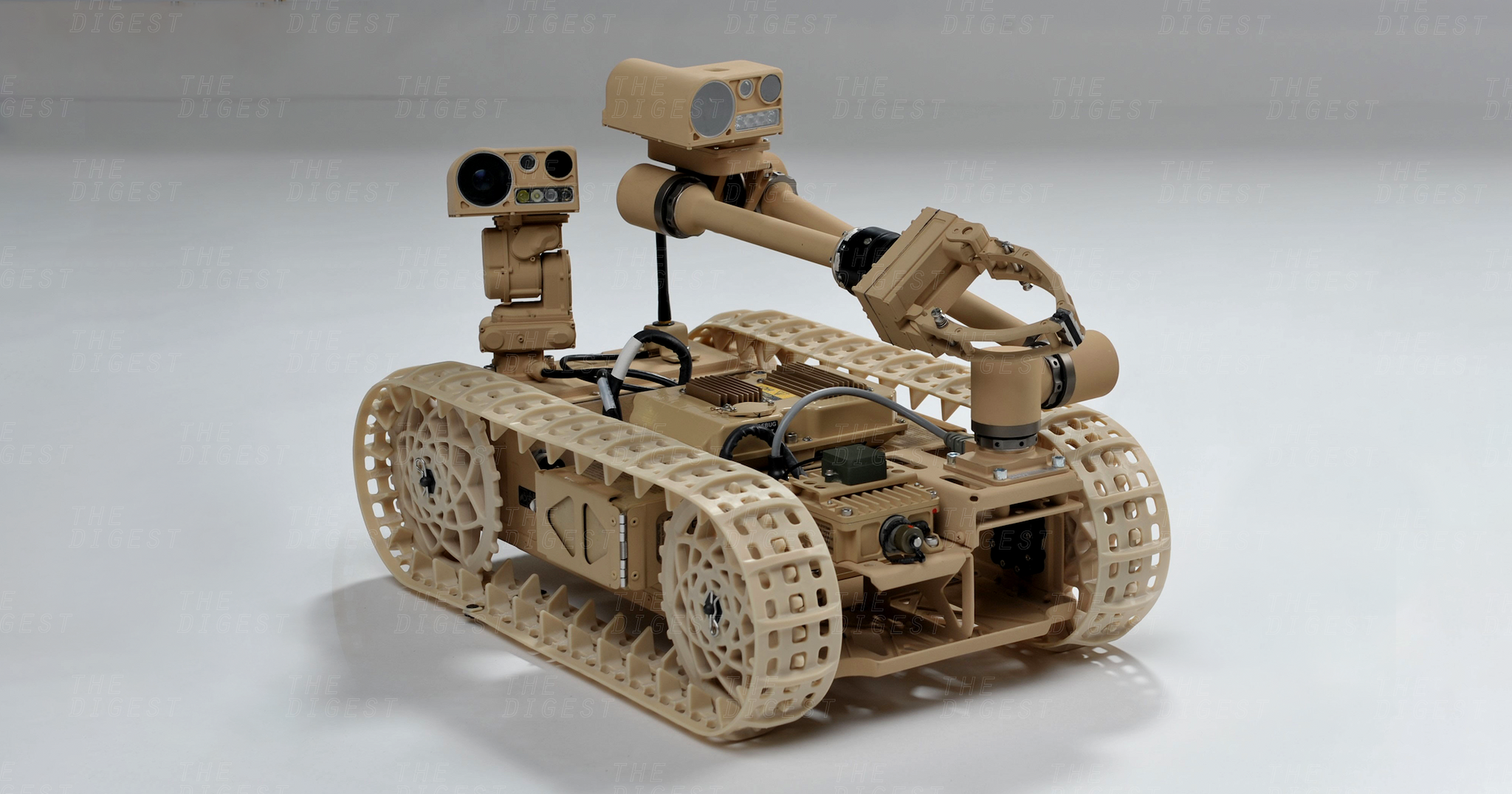Good software means you can’t keep this robot down.
I GET KNOCKED DOWN, BUT I GET UP AGAIN. Robots are an increasingly important weapon in the military's arsenal, but they aren't much use to soldiers if they are rendered useless if they're easily toppled over.
To avoid that issue, researchers from the U.S. Army Research Laboratory (ARL) and the Johns Hopkins University Applied Physics Laboratory (APL) developed a software program that can analyze a robot's ability to right itself from any overturned position. The software, which would act as a sort of diagnostic tool for falls, would help the military figure out how to fix a robot so it falls less. They could also use it on a robot they haven’t yet purchased to determine if it’s sure on its feet.
The researchers published a paper on the software in the journal IEEE Robotics and Automation Letters on August 8.
THIS BOT GETS THE BOMB. Military robots are particularly good at explosive ordnance disposal (EOD). Basically, these specialized bots approach bombs or other explosives and render them safe. The settings are dangerous for humans (that's why we're sending in the bots) so the robots need to be self-sufficient enough that we wouldn't need to send in soldiers to right them if they topple over.
THE RIGHT ALGORITHM. The software uses an algorithm that factors in what kinds of movements the robot can do to determine all of its possible fallen positions and whether it would be able to get back on its feet from those positions.
"The analysis I've been working on looks at all possible geometries and orientations that the robot could find itself in," ARL researcher Chad Kessens said in a news release. "The problem is that each additional joint adds a dimension to the search space — so it is important to look in the right places for stable states and transitions. Otherwise, the search could take too long."
When military researchers were developing one such robot, the Advanced Explosive Ordnance Disposal Robotic System (AEODRS), they turned to the ARL software program to ensure the bot would be able to stand back up on its own if knocked over. Using the insights the software offers, the researchers were able to determine that AEODRS would always be able to right itself if on a level surface.
The team's next goal is to augment the tool to analyze a bot's ability to do the same thing on uneven terrain. Eventually, the military could use the software to evaluate the resilience of all robots, ensuring they can bounce back from any blow that might knock them over.
READ MORE: If Military Robot Falls, It Can Get Itself Up [U.S. Army]
More on military bots: Will Our Future Wars Be Fought by Massive Military Robots?
Share This Article
